Tillamook Bay Cockle Chowder
One of the joys of living in Oregon if you’re a foodie and enjoy the beach is to dig for clams or cockles in the many bays that line our coastline. It’s where our numerous rivers slowly gather in shallow and wide estuaries that ebb and flow with sealife with the tides before relinquishing their freshwater to the claim of the ocean. If you want to gather cockles or dig for clams, you have to pay attention to the tides. The sun may rule the Earth, but it’s the moon that rules the ocean and her tides. When there’s a minus tide, many sandy clam and cockle beds are exposed, and clam and cockle lovers throng to their favorite spots.
One of my favorite spots for gathering cockles is Tillamook Bay at the town of Garibaldi. The crabbing pier at 12th Street has concrete stairs leading down to the bay, and the cockle beds are a mere 10 yards from shore.
Hunting for cockles is as easy as slowly running your rake through the smooth sand until…ping… you hit something that feels like a rock. You pull it up through the water to wash away the sand, and voilà, there’s a cockle caught in your rake. What could be easier? Roaming through the shallow eelgrass beds, I occasionally step on what I thought was a pebble but upon reaching down and feeling it, discover instead that I had stepped right on a cockle. No worries, these guys are very tough. Into my nylon drawstring mesh bag it goes. Raking through the sand, I sometimes hit an open cockle, which shuts on one of the rake’s tines. I have to wrestle it loose from its vice-like grip on the steel spike.
Before long, I’ve got my limit of 20 cockles. For chowder or pan-frying, I will toss back smaller, half-dollar-sized cockles and keep only those that are at least silver-dollar size. When digging for clams or cockles, I always bring a 5-gallon bucket to fill with seawater so that I can keep the clams and cockles alive until I get home. At home, I’ll dump a cup or two of fine cornmeal into the buckets so that the cockles will suck in the cornmeal and purge the sand from their shells. It’s best to let the cockles purge overnight or else you’ll end up with cockles that may still have grit and sand in them.
My favorite way of preparing cockles is to use them in chowder or to simply shuck them, clean them, dredge them in a mixture of cornmeal, seasonings and flour, and pan fry them. Click here for a link to my recipe on pan-fried cockles.
Chowder is easy to make, and once you’ve tasted it made from fresh cockles or clams, you’ll never feel the same about opening a can of chowder again. It will make you want to go buy a shellfish license, look up the tide tables and head to Tillamook Bay with your bucket and garden rake!
Tillamook Bay Cockle Chowder
Serves six
Ingredients
- 12 to 16 large cockles, purged of sand, shucked, cleaned and chopped into pieces, along with the juice from the cockles. (Watch the video above for instructions on how to clean cockles.)
- 2 tablespoons (30 ml.) cooking oil
- 4 strips of applewood-smoked bacon, sliced into small pieces
- 1 onion, sliced into small chunks
- 3 medium-sized Yukon gold potatoes, peeled and cut into small cubes
- 2 cups (480 ml.) water
- 2 teaspoons (10 ml.) dried thyme
- 2 tablespoons (30 ml.) dry sherry
- 1½ cups (360 ml.) heavy cream
- 1½ cups (360 ml.) milk
- Salt and pepper to taste
- Chopped chives or parsley for garnish
Method
- Shuck and clean cockles, cut into pieces, place into a bowl along with the cockle liquid, and refrigerate until ready to use.
- In a stockpot, heat oil and sauté bacon until they begin to brown.
- Add onions and stir until onions begin to turn translucent.
- Add potatoes, water and thyme. Cover and cook for 10 minutes.
- Open cover and cook another two minutes to let some of the water evaporate.
- Add cockle liquid, cockles and sherry, stirring until the liquid begins to boil.
- Add cream and milk, stir over medium heat until the liquid begins to simmer. Add salt and pepper to taste. Do not let the liquid come to a boil. Turn off heat and serve immediately, garnished with chopped chives or parsley.
Enjoy!
— Vic
About the Author (Author Profile)
Victor Panichkul is a journalist and writer by training; a cook, wine lover and photographer by passion; and a lover of the outdoors since moving to Oregon more than 10 years ago. He is a native of Bangkok, Thailand.






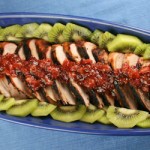
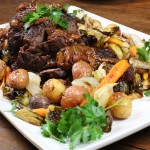
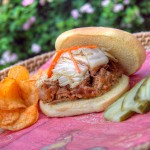
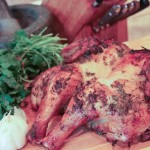
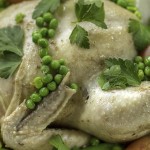

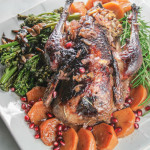
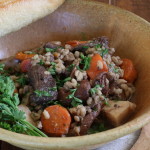
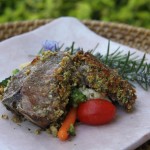
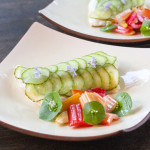
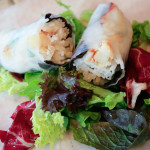


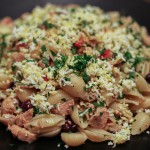
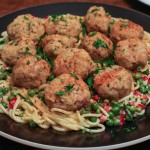
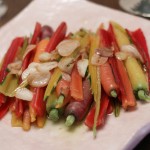
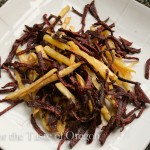

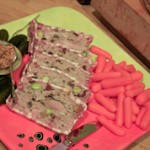
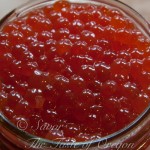
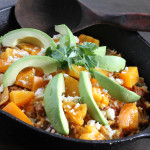
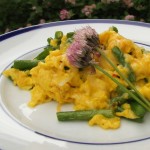
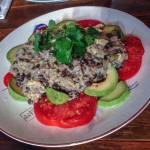

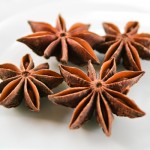
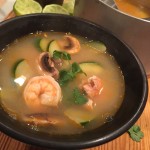
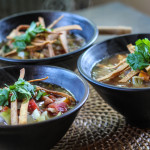
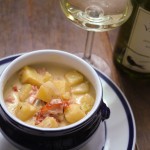
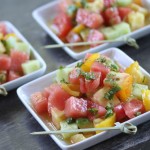


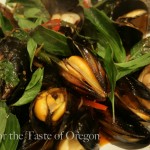
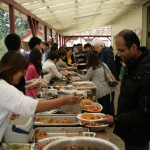

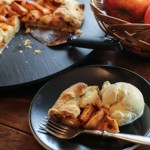
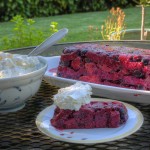
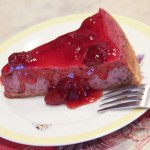
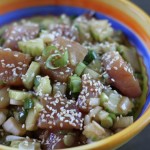
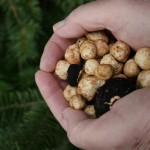
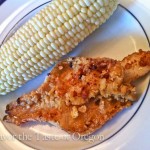

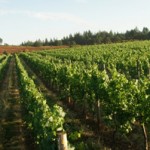
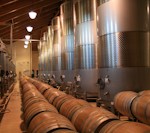
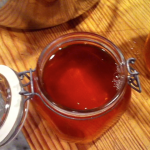





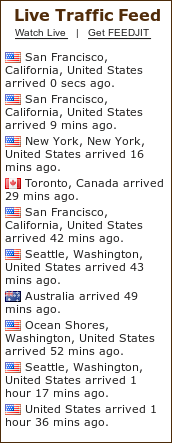





Pauline and I used your recipe as inspiration to cook oysters. Also, we modified the recipe by using skim milk since cholesterol is a concern in the family. But not to be disappointed for we loved the results. Unlike most people I like the big oysters, in fact, the bigger the better. Thanks for good food.
Thank you for the great video tutorial on cleaning and the recipe! We just got back from clamming in Newport Bay and are excited to try out the chowder!
Great video on cleaning and a super recipe. You’ve turned a midwest transplant into a cockle lover. What a fun and delicious adventure.
Great video and recipe, but just a couple questions. Won’t the water get too warm if you leave them in there overnight? How long can they live in the bucket?
As long as you leave the bucket in a cool place they’ll be OK overnight. If you don’t have a cool spot in your house, place ice cubes in a ziploc bag and float them in the bucket to keep the water cold overnight.